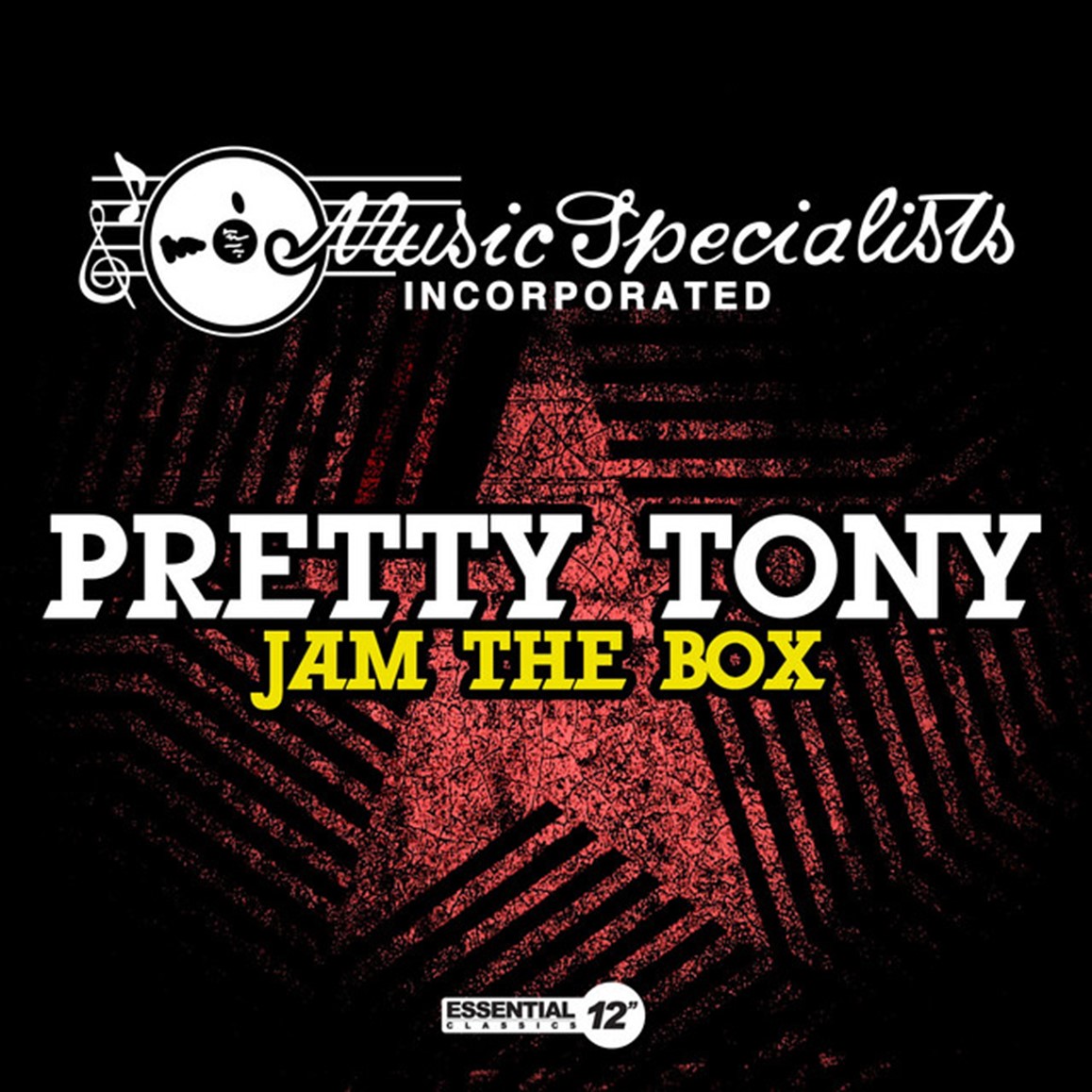Supreme Court Affirms Eleventh Circuit’s Reading of the Copyright Act
Last month, the Supreme Court issued its decision in the copyright-damage-focused case, Warner Chappell Music, Inc., et al. v. Nealy et al. The case stems from music producer Sherman Nealy’s lawsuit against music publishing company Warner Chappell, and others, for incorporating his song “Jam the Box” into musical artist Flo Rida’s “In the Ayer” song without his permission. Nealy was imprisoned from 1989 to 2008 and from 2012 to 2015, and, therefore, he claims that he did not learn until 2016 that his former business partner licensed the song to Warner in 2008 without his permission.

Photo: Spotify, “Jam the Box” (2013)
In 2018, Nealy sued Warner for copyright infringement in the Southern District of Florida. There was an initial issue of whether Nealy’s infringement claims were “timely” under the Copyright Act’s provision that a plaintiff must file suit within three years after the alleged infringement accrued. There are two prevailing interpretations of when a copyright lawsuit is timely, one is that a claim is timely if it is brought within three years from when the actual infringement accrued, the other is that the claim is timely when the plaintiff discovers, or should have discovered, the infringing act, otherwise known as the discovery rule. The Eleventh Circuit utilizes the discovery rule, and neither party disputed that Nealy’s claim was timely under this rule, as he did not discover the infringement until 2016, only two years prior to the commencement of this lawsuit.
Instead, Warner moved for summary judgement, based on a decision from the Second Circuit, arguing that, even if the infringement claim was timely, monetary relief was limited to the three-years prior to the filing of the lawsuit because of the Copyright Act’s statue of limitation for damages. Therefore, there were limited damages as most of the infringement (if not all) occurred in 2008. The District Court agreed and held that monetary relief is limited solely to the three years immediately preceding the filing of the lawsuit.
On interlocutory appeal, the Eleventh Circuit reversed the District Court’s decision holding that a plaintiff with a timely claim under the discovery rule can recover damages for copyright infringement even if the damages occurred more than three years prior to a lawsuit being filed. This created a circuit split between the Second Circuit, which limits damages to the three years immediately preceding the filing a lawsuit and the Eleventh Circuit, which followed the Ninth Circuit’s lead and allows damages for infringement that happened more than three years before the filing of a claim.
The Issue
Under the discovery rule, can a copyright plaintiff recover monetary damages for infringement that occurred more than three years prior to the filing of a lawsuit?
Decision
In a 6-3 ruling, authored by Justice Kagan and joined by Chief Justice Roberts and Justices Sotomayor, Kavanaugh, Barrett, and Jackson, the Supreme Court held that the plain language of the Copyright Act’s remedial section does not provide any time limit on a copyright plaintiff’s monetary recovery under the discovery rule. The majority noted that if a three-year limit was placed on damages, it would essentially gut the discovery rule as it would allow plaintiffs to bring suit, but not recover damages for any infringement prior to the three years proceeding the filing of a copyright lawsuit.
Notably, the majority stated that it did not decide whether the discovery rule itself is valid, but only whether there is a three-year limitation on the damages a plaintiff can recover. This point was the main argument made by the dissent led by Justice Gorsuch and joined by Justices Thomas and Alito. Rather than determining whether there is a time limitation on damages, the dissent argues that the case was not timely because the discovery rule itself is invalid. Looking to § 507 of the Copyright Act, the dissent points out that the plain language states “no civil action shall be maintained . . . unless it is commenced within three years after the claim accrued.” Therefore, because most of the infringing acts were committed more than three years prior to the commencement of the lawsuit, Nealy’s lawsuit was not timely and there was no need to ever reach the damages question. Admittedly, the dissent states the applicability of the discovery rule was not questioned by either party and thus the majority understandably passed on deciding its validity.
Moving Forward
In jurisdictions where the discovery rule applies, there is no time limitation on the calculation and recovery of monetary damages. Thus, copyright plaintiffs in these jurisdictions have more incentive to seek out copyright infringement regardless of when it occurred given that there is no timing restriction on the recovery of damages. However, both the majority and the dissent set forth a roadmap for future challenges to the ongoing validity of the discovery rule, which may lead to new challenges and/or approaches in jurisdictions that previously followed the discovery rule.
Please contact your Vorys attorney if you have any questions about the impact of this ruling on your copyright portfolio, clearance, or litigation.

